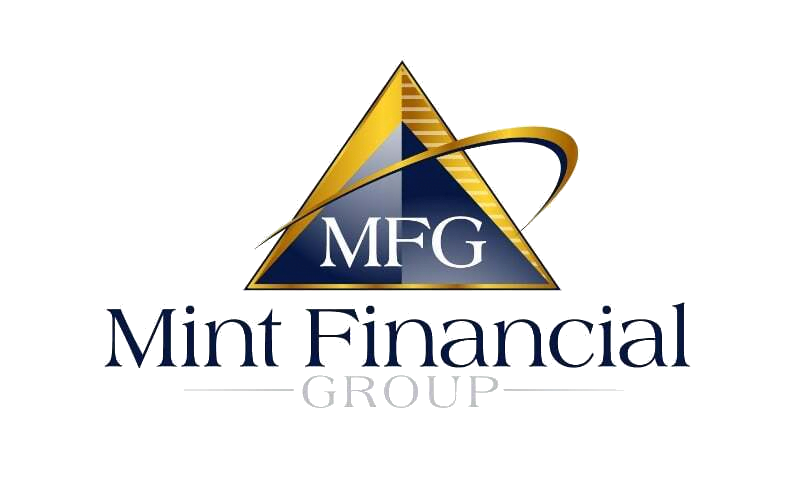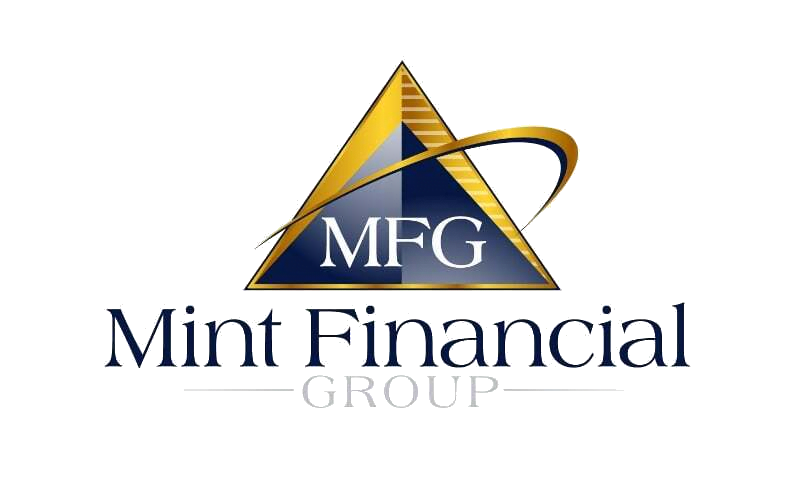
What is a Corporate Turnaround?
Does Your Business Need One?
Corporate Turnaround. This term tends to be thrown around quite often in the lending space. But what does it really mean?
Many businesses in need of a corporate turnaround are facing growing distress—reductions in sales, cash flow problems, dwindling profit margins, and mounting debt. On the other hand, others are dealing with the challenges of rapid growth while having to sort through the foggy landscape of finding appropriate means of capital to sustain.
Regardless of the challenges being faced, any business can be turned around rapidly when best practices are instituted, fundamentals are committed to, and operations are divorced from well-intentioned, but misguided, human biases that do not benefit the business in the long run. Implementing a full corporate turnaround requires discipline from ownership as it will certainly mean putting aside bad habits that may have contributed to the company’s downfall in the first place.

What a Corporate Turnaround Is Not
If you don’t know the difference, it could literally cost you your business.
Let’s start with what a corporate turnaround is not. Too often a “debt relief” firm will describe their services as a “corporate turnaround.” Doing this is misleading, albeit more pleasant sounding. But proceed with caution: debt relief in and of itself is not turnaround. Although it addresses one of the factors of a turnaround, it usually does so in a very abrasive way. Statistics show that out of the small businesses which participate in debt relief “programs” over 70% wind up closing their doors within the following 2 years.
A corporate turnaround involves addressing the fundamental issues which brought distress and debt to the business in the first place. Dealing with unsupportable debt is only the first step in an overall turnaround program. Debt relief services never get to step two.
Even when there is not critical financial distress, a corporate turnaround must always involve identifying the core value at hand, competitive advantage and pathways for reinvention for the business, while stripping away factors which have locked away its true value or obscured its growth trajectory. More importantly a true corporate turnaround focuses on the bottom line, profits or lack thereof, profit margins, and if the company is operating at a profit, identify where these profits are going.
The danger in confusing a company marketing itself as debt relief with a true business consultancy that actively specializes in corporate turnaround is this: if you don’t fix what’s broken, things get worse, not better, and you’ll probably find yourself taking on even more debt. This makes actual turnaround more of a challenge down the road because you’ve further depleted your resources.
You don’t need debt relief. You need a debt “workout.”
If you’re facing mounting debt, debt stacking, or default, debt relief dressed up as a corporate turnaround might put your business and even your personal assets at further risk. A business owner, facing a critical life or death juncture, must understand the difference between debt relief and a true debt workout.
A debt workout involves strategies within the business arena to divorce debt from the value of the company. This is very different from simply contacting creditors and asking for debt forgiveness or a renegotiation of terms. In a true debt workout, reorganizational fundamentals (such as those used by Fortune 100 companies when they encounter distress) create both leverage and a single path for creditors. The path created is one that is in the best interest of the business and the owner—preserving the organization and maintaining continuity of operations and jobs, or alternatively, offering a successful exit.
What Corporate Turnaround Is If you’ve ever watched The Profit with Marcus Lemonis on CNBC, then you’ve already had an introduction to what corporate turnaround is, and to how focusing on fundamental principles of business can unlock profit and growth for almost any business. Corporate turnaround begins with a deep analysis that can identify and correct all of the inefficiencies and flaws which created distress or insolvency in the first place.
Mint Financial looks at the fundamentals of a corporate turnaround as centered around four distinct pillars. Other consultants may look at these slightly differently, but in the end, the principles and applications are similar.
Pillar One: The Foundation
These are the inter-party agreements, understandings and company documents on which everything else rests. For a myriad of reasons, businesses often find themselves misfiring and creating unintended pitfalls by not correctly executing mission statements, by-laws and operating agreements, for example. Other times, owners have fallen prey to the dreaded 50/50 deal. Beyond these issues, employee contracts, benefits packages, understanding UCC’s on business assets, notes and guarantors are just a few areas where gears driving your business can be brought to a grinding halt—if you don’t understand and execute all of these as a coherent whole.
Pillar Two: Management By the Numbers
We believe in what we call your “cash flow compass.” The careful construction of a cash flow proforma for the year, allocating revenues over costs for the entire company, will be your roadmap to effective management and profitability. We call it a compass because a talented business consultant can see the entire company therein; including all of the issues and challenges standing in the way of success, which can then be adjusted to force profitability.
A business consultant working to turnaround a business will not only examine and interpret but will implement positive practices to owners and management. Removing emotional biases from rational decision making requires fluency in your P&L statements (monthly and quarterly), A/R reports, KPI reports, among other ratios and metrics, giving you a crystal-clear view into productivity and profitability.
Pillar Three: Reinvention
A meaningful reinvention is all about defining and adding new creative applications of your goods or services and becoming the biggest, best, most complete or most diverse merchant in your space. Offering all-encompassing service to your clients may be part of a strategy not just to sell products but to form loyal relationships, to delight, and to generate advocacy as you scale your client base or deal flow.
Pillar Four: Sales and Marketing
As a business owner, your expertise is in your product or service and your customer. When you combine that expertise with next-level sales and marketing know-how, two things happen. You won’t be burned making bad advertising investments ever again, and you’ll discover new sales funnels and strategies you never knew existed. We see far too many business owners limiting their potential because they are selling ‘from their gut’ rather than leveraging sales tools available to them.
When it comes to marketing, we often find that busy business owners avoid digital marketing they need to be implementing in the modern world. It’s part of what’s called “new selling,” and it goes hand-in-hand with “inbound marketing.” It doesn’t need to be complicated and can exponentially increase your lead flow or traffic. In this day and age when technology is moving at the speed of light, as a business owner if you fail to adapt to these changes, your business will be left behind, and your marketing will quickly become obsolete.
Real Corporate Turnaround Consulting should not cost you.
Business consulting is a strategic tool of established firms. You know many of the big names that service them: names like McKinsey, Deloitte or Accenture. But the cost of engaging a big consulting firm is often prohibitive for all but the largest businesses. Not to mention the catch-22 that by the time you realize you need turnaround consulting, it’s even less likely to be affordable.

We believe consulting services should be a win-win model based on results. That’s why Mint Financial Group doesn’t charge hourly fees.
Zero.
Instead, we invest in the improvements we’ll create together, by taking a fee as a percentage of the increase in profits we create.
So whether it’s Mint Financial or another business consulting firm, when you’re ready to take your company from stagnation to growth, look for one that’s willing to invest in your success.



